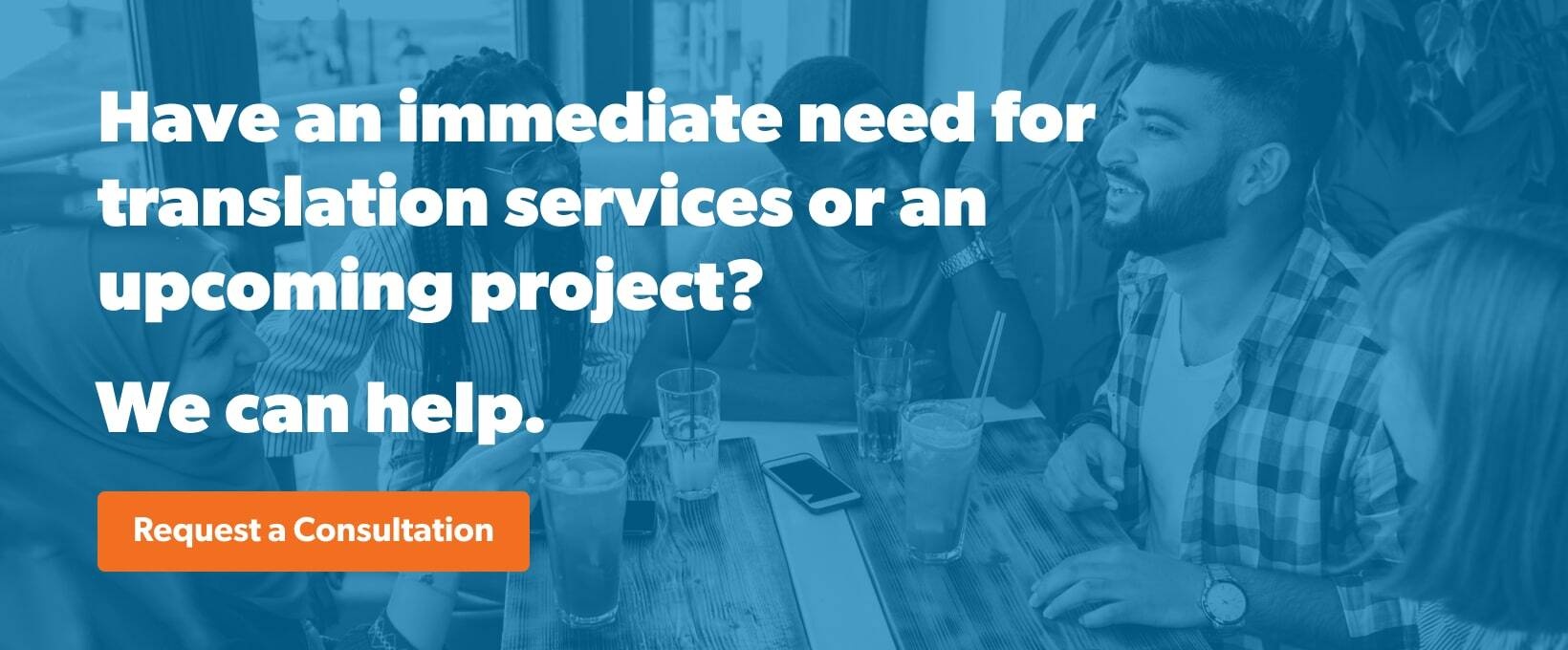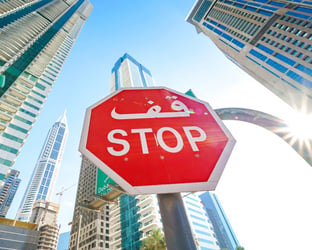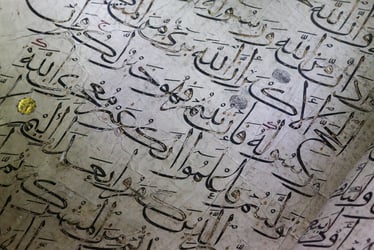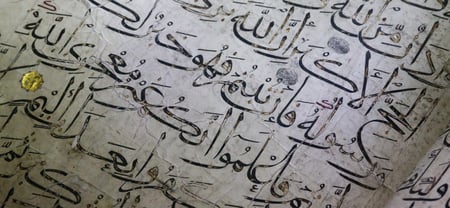The top five languages of the internet are as follows – English, Chinese, Spanish, Arabic, and Portuguese.
There are over 135 million Arabic-speaking users. What makes this statistic extra significant is the growth rate; a 5,296.6% increase from 2000-2013!
Yet, very few websites are directed toward the Arabic-speaking market. There are challenges associated with Arabic website localization, but with over 367 million speakers worldwide, you may want to accept the challenge.
Choosing the Right Arabic Dialect
Like many other languages, Arabic has many dialects.
Which one do you choose? Modern Standard Arabic, MSA for short, is one of the six official languages of the United Nations and is also taught in schools and used in printed matter. Twenty-seven countries list Arabic as their official language or co-official language.
When looking at the linguistic component, translating your website into Modern Standard Arabic is probably the best way to go for reaching as many web users as possible. However, if you would like to reach specific regions, take it a step further and focus your marketing and advertising efforts using the colloquial Arabic spoken in that particular region.
Arabic Language Considerations for Web Design
1. Right to Left Layout
Arabic is a right-to-left language that poses challenges in print layouts, and of course, in this case, web layouts, too. This affects the layout of the webpage and the user interface (UI) as well. Website text needs to flow in the proper direction, and elements of the web page need to be flipped.
For example, navigation bars, headings, table columns, calls to action, and flow charts. It is important to make sure the layout is fully localized.
2. Expanded Text
Arabic text also expands. Allow for this in your template so there is enough space in tables, buttons, and dropdown menus for functionality. An important step in this process is localization testing.
After the text is translated and the layout complete, have an Arabic linguist go through the site before it is live and test it for functionality and accuracy.
3. Image Selection
There are several topics in Arabic culture that are sensitive: religion, gender, sexuality, politics, and food. When localizing your website into any locale, it is important to take inventory of colors used, logos, and images to make sure they are culturally appropriate.
The Arabic world is very diverse, and some countries are more sensitive or conservative than others. Cultural consulting applies, as recommendations by native Arabic speakers can help decide what images to use or not use.
There are many components involved with successful Arabic website localization. We’ve only scratched the surface! It is important to find a localization partner who understands the culture, language, and technical components involved.
LinguaLinx Can Help Translate Your Documents
If you have a need to translate documents from over 200 languages, LinguaLinx can help.
With LinguaLinx, you won't ever have to worry about your message getting across. You know you're in good hands with our ISO 17100 compliance, twenty years of professional translation experience, and the organizations whose trust we've earned.
To chat with us about your language translation needs, click on the link below.
Continue Learning with these helpful articles:








